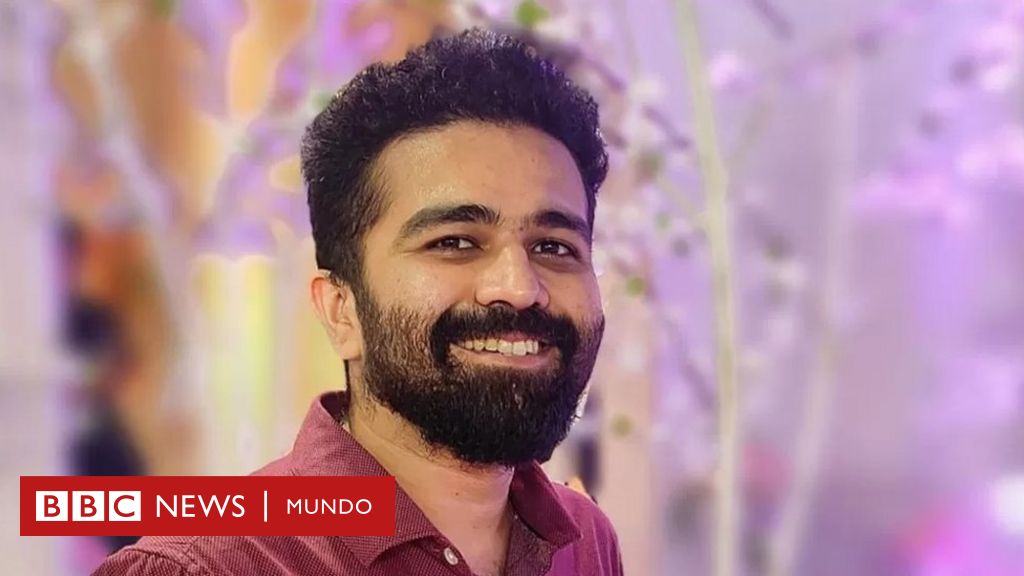How a PhD student solved a 2,500-year-old Sanskrit problem

- wording
- BBC News World
image source, means PA
Indian student Rishi Rajpupat solved a 2,500-year-old problem.
A PhD student at the University of Cambridge has solved a Sanskrit grammatical problem that has challenged scholars since the fifth century BC. c.
Rishi Rajpuppat, 27, has deciphered a rule taught by Panini, a professor of ancient Sanskrit who lived about 2,500 years ago.
The university indicated that the Sanskrit language is spoken only in India by about 25,000 people out of more than a billion people.
Rajpupat said he had a “eureka moment at Cambridge” after spending nine months “getting nowhere”.
“I closed the books for a month and devoted myself to enjoying the summer: swimming, cycling, cooking, praying and meditating,” he said.
“Then I reluctantly got back to work, and within minutes, as I turned the pages, these patterns started emerging and everything started to make sense.”
He said he “spent hours in the library, even at night,” but it took another two and a half years to work through the problem.
image source, means PA
The student used a page from an 18th-century copy of the Sanskrit text Panini to help prove his theory.
ancient language
Sanskrit, though not widely spoken, is the sacred language of Hinduism and has been used in science, philosophy, poetry, and other Indian publications over the centuries.
Panini’s grammar, known as Astadhyayi, was based on a system that worked like an algorithm to convert the base and suffix of a word into grammatically correct words and sentences.
However, often two or more Panini rules apply simultaneously and this has created conflicts.
Panini taught a “descriptive rule” which scholars have traditionally interpreted to mean “in the event of a conflict between two rules of equal strength, the rule which comes later in the sequential order of the rules wins”.
However, this often led to grammatically incorrect results.
The Rajputs rejected the traditional interpretation of the meta-rule. Instead, he said, Panini means that among the bases applied to the right and left sides of a word, respectively, Panini wanted us to choose the rule applied to the right side.
Using this interpretation, he found that Panini’s “language machine” produced grammatically correct words almost without exception.
“I hope this discovery will give Indian students confidence, pride and hope that they too can achieve great things,” said Rajpupat.
According to his Cambridge mentor, Sanskrit professor Vincenzo Vergiani, Rajpupat “found a very elegant solution to a problem that has puzzled scholars for centuries.
“This discovery will revolutionize the study of Sanskrit at a time when interest in the language is growing.”
Now, archaeologists are using artificial intelligence to clarify the distribution patterns of geoglyphs and thus contribute to their preservation.
Remember that You can receive notifications from the BBC News Globalism. Download and activate the new version of our application in order not to miss our best content.

“Bacon advocate. Certified creator. Twitteraholic. Tv junkie. Beer fanatic. Internet nerd. Passionate thinker. Reader.”




:quality(85)/cloudfront-us-east-1.images.arcpublishing.com/infobae/OF4NJDPGLBEYJAZ5XZMH3OIPJ4.jpg)



